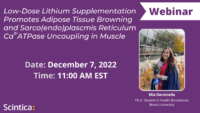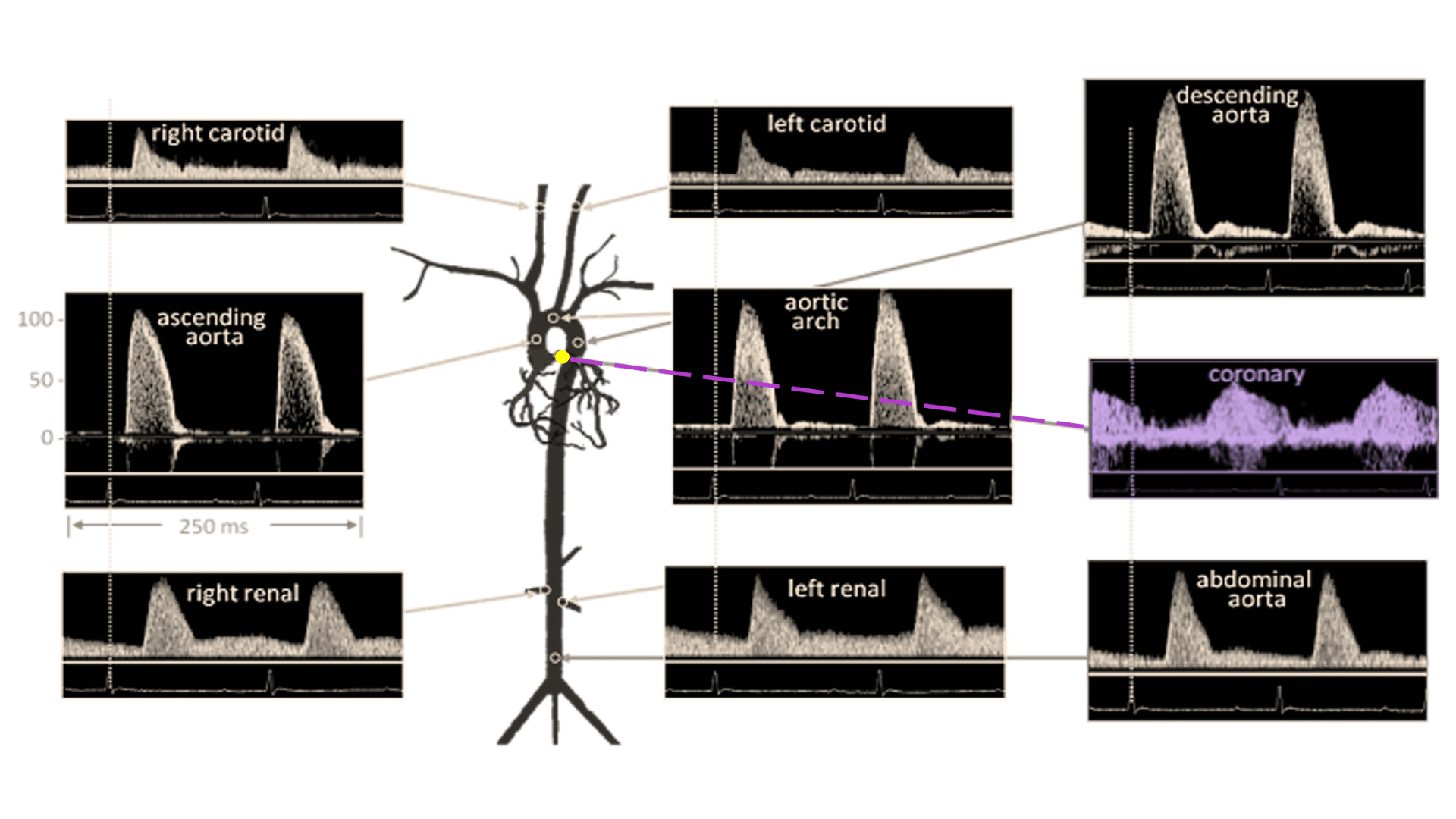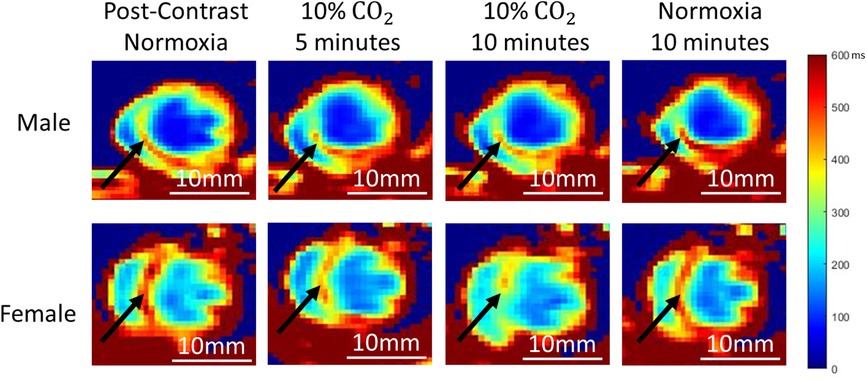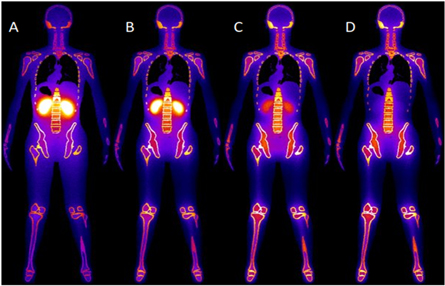Key Points:
- Lithium inhibits GSK3 and lowers SERCA’s transport efficiency in C2C2 cells
- Lithium inhibits GSK3 and increases UCP1 content in 3T3-L1 pre-adipocytes
- Lithium supplementation does not alter body mass despite increased food intake in chow and HFD-fed mice
- Lithium supplementation promotes SERCA uncoupling in chow-fed and high-fat-fed mice
Overview:
Sarco(endo)plasmic reticulum Ca2+-ATPase (SERCA) uncoupling in skeletal muscle, and mitochondrial uncoupling via uncoupling protein 1 (UCP1) in brown/beige adipose tissue are two primary mechanisms implicated in energy expenditure. Here, the effects of glycogen synthase kinase 3 (GSK3) inhibition via lithium chloride (LiCl) treatment on SERCA uncoupling in skeletal muscle and UCP1 expression in adipose were investigated. C2C12 and 3T3-L1 cells treated with LiCl had increased SERCA uncoupling and UCP1 protein levels, respectively, ultimately raising cellular respiration; however, this was only observed when LiCl treatment occurred throughout differentiation. In vivo, LiCl treatment (10 mg/kg/day) increased food intake in chow-fed and high-fat diet (HFD, 60% kcal) fed male mice without increasing body mass – a result attributed to elevated daily energy expenditure.
In soleus muscle, the lab determined LiCl treatment promoted SERCA uncoupling via increased expression of SERCA uncouplers, sarcolipin and/or neuronatin, under chow and HFD-fed conditions. They attribute these effects to the GSK3 inhibition observed with LiCl treatment as partial muscle specific GSK3 knockdown produced similar effects. In adipose, LiCl treatment inhibited GSK3 in inguinal WAT (iWAT) but not in brown adipose tissue under chow-fed conditions, which in turn led to an increase in UCP1 in iWAT and a beiging-like effect with a multilocular phenotype. The beiging-like effect was not observed, and increase in UCP1 when mice were fed a HFD, as LiCl could not overcome the ensuing overactivation of GSK3. Nonetheless, the study establishes novel regulatory links between GSK3 and SERCA uncoupling in muscle and GSK3 and UCP1 and beiging in iWAT.






